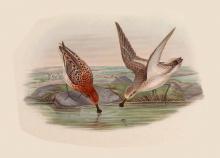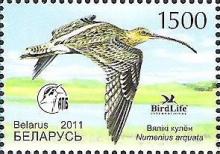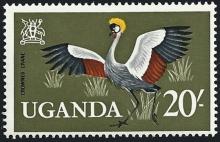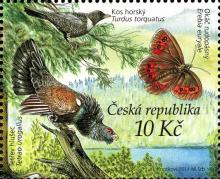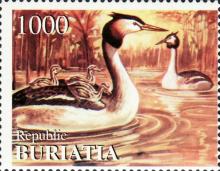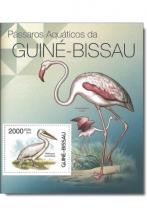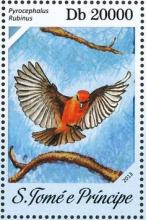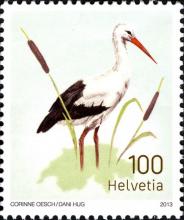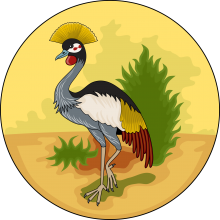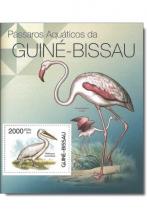The spoon-billed sandpiper population declined from 2,000-2,800 pairs in the 1970s to less than 250 pairs in 2014
The spoon-billed sandpiper Calidris pygmaea is one of the most threatened birds on the planet. It breeds on the Chukotsk and Kamchatka peninsulas in the Russian Far East, migrates through Russia, Japan, North Korea, South Korea and the Jiangsu coast of China to winter in southern China, Bangladesh, Myanmar and Thailand, 8,000km from its breeding grounds. Its IUCN threat status was upgraded from Vulnerable to Endangered in 2004 and to Critically Endangered in 2008.

